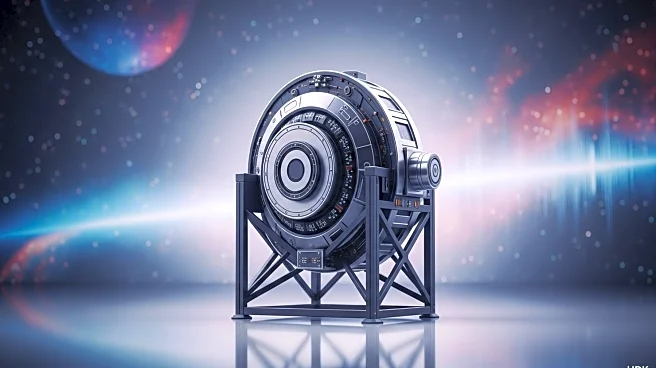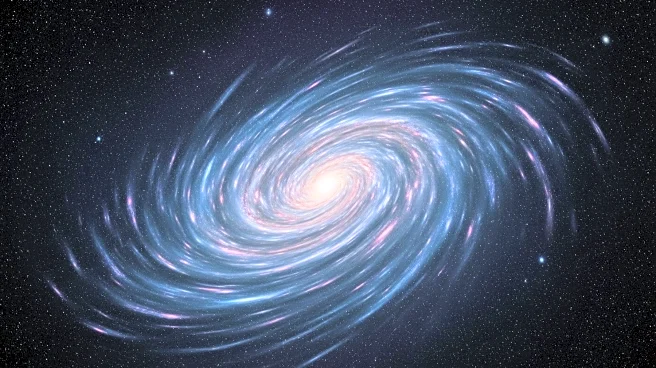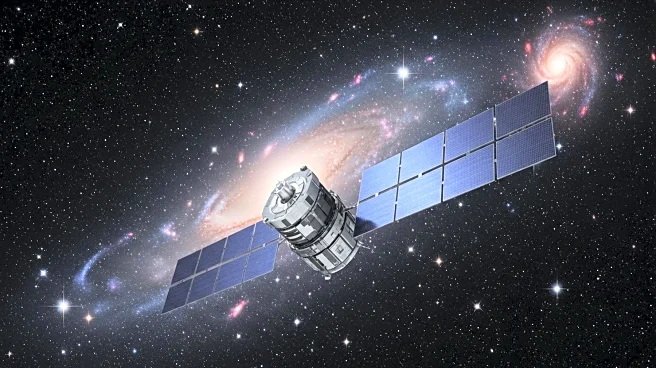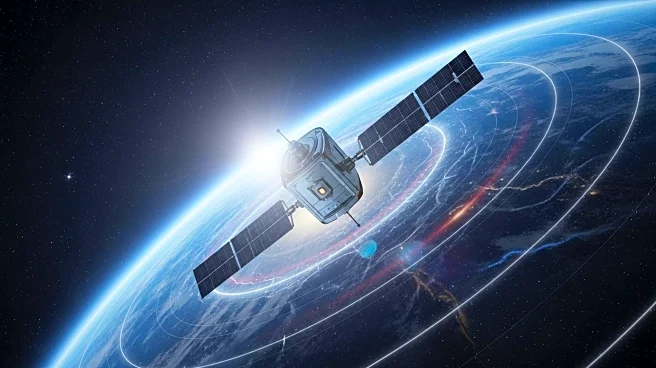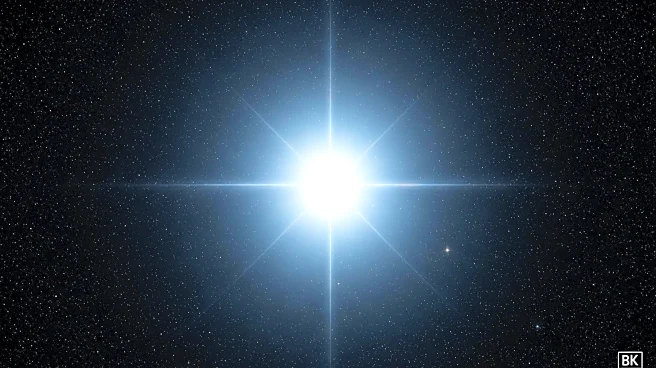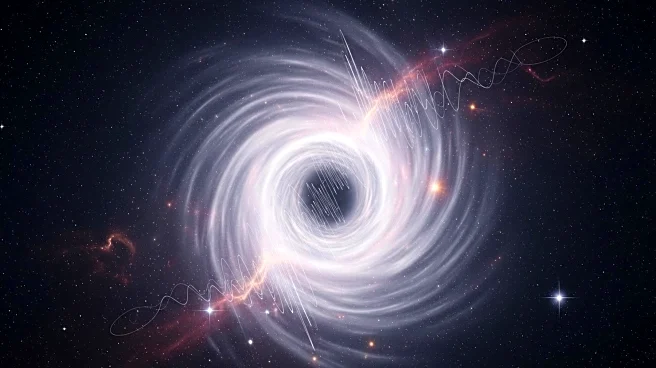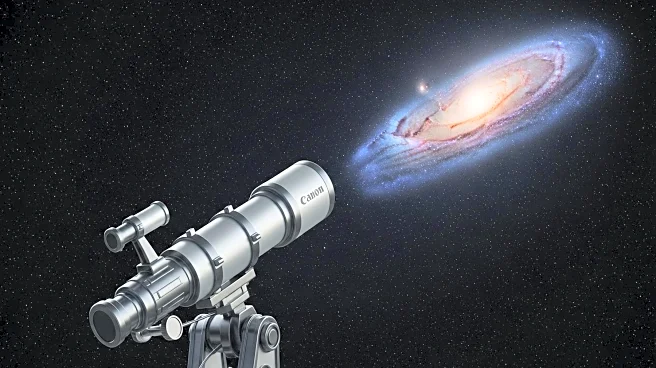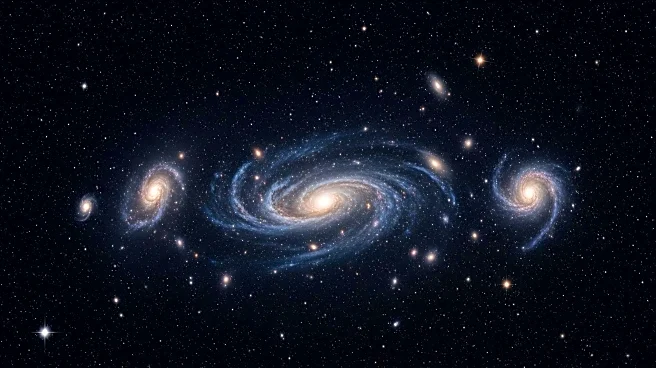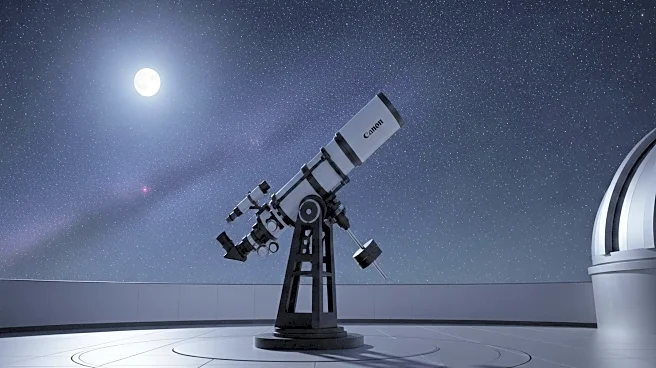What's Happening?
Researchers from the Universities of Birmingham and Sussex have developed a novel detector capable of identifying gravitational waves in the milli-Hertz frequency range. This advancement opens up new possibilities for observing astrophysical and cosmological phenomena that current instruments cannot detect. The detector utilizes cutting-edge optical cavity and atomic clock technologies to sense gravitational waves in this elusive frequency band. Unlike large-scale interferometers, these compact detectors are less affected by seismic and Newtonian noise, allowing for more precise measurements. The research, published in Classical and Quantum Gravity, highlights the potential of these detectors to explore signals from compact binaries and black hole mergers, which are expected to be present in the milli-Hertz band.
Why It's Important?
The development of this new detector technology is significant as it fills a gap in the current gravitational wave detection capabilities. By accessing the milli-Hertz frequency range, scientists can explore a variety of astrophysical and cosmological sources that have remained hidden. This advancement not only enhances our understanding of the universe but also provides a cost-effective and immediate means to study these phenomena, complementing future space missions like LISA, which are not expected to launch until the 2030s. The ability to detect gravitational waves in this frequency range could lead to breakthroughs in testing astrophysical models and understanding the early universe.
What's Next?
The proposed optical resonator detectors could begin exploring the milli-Hertz frequency band immediately, providing valuable data ahead of future space-based missions. Researchers suggest that integrating these detectors with existing clock networks could further extend gravitational wave detection capabilities to even lower frequencies. This development could lead to the establishment of a global network of detectors, enhancing the sensitivity and scope of gravitational wave research. As these technologies mature, they may pave the way for new discoveries in astrophysics and cosmology.
Beyond the Headlines
The introduction of this detector technology could have long-term implications for the field of gravitational wave astronomy. By enabling the detection of previously inaccessible signals, researchers can gain insights into the dynamics of binary systems and the nature of black hole mergers. This could lead to a deeper understanding of the universe's evolution and the fundamental forces at play. Additionally, the compact and cost-effective nature of these detectors may democratize access to gravitational wave research, allowing more institutions to participate in this cutting-edge field.

